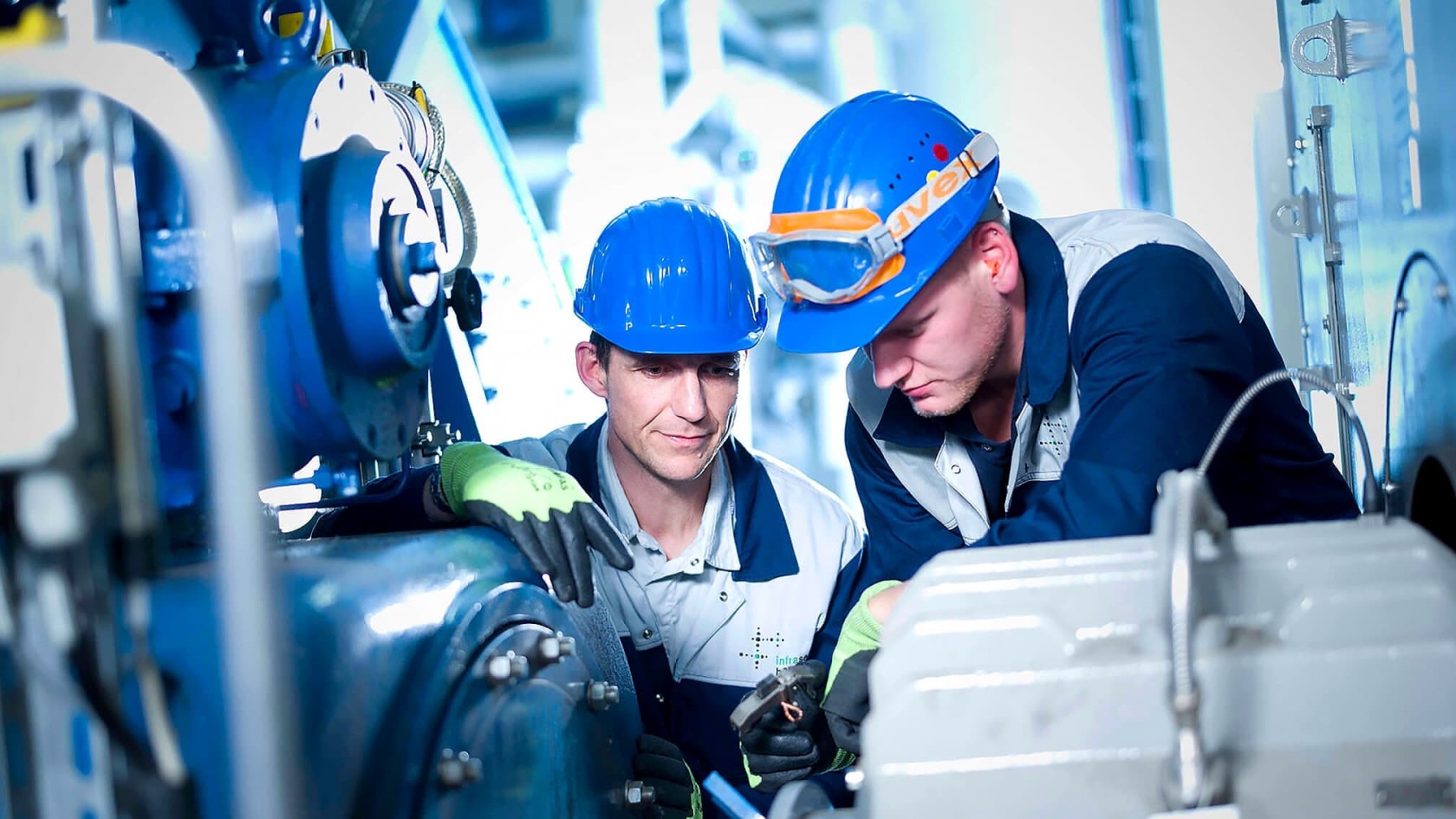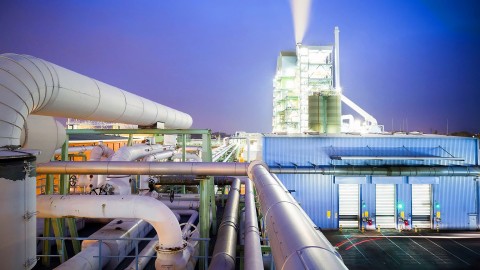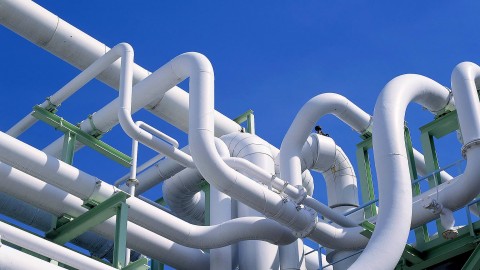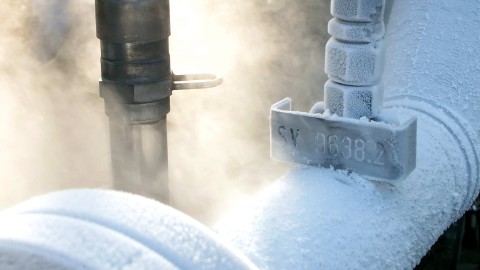R-410a, its properties and possible alternatives
The text below offers you, an operator of refrigeration or air-conditioning equipment, a brief overview of R-410a and possible alternatives to this refrigerant. You will also learn what actions you need to take under the EU F-Gas Regulation when using R-410a and where to go for further information and assistance.
Information about R-410a
R-410a is a refrigerant that consists of equal parts R-32 (difluoromethane) and R-125 (pentafluoroethane). The blend was developed as a substitute for R-22, a HCFC refrigerant that has been banned for several years, and behaves in practically the same performance manner as R-22.
R-410a is a synthetic refrigerant used in refrigeration, air-conditioning and heat pump equipment. It and R-134a, another popular refrigerant, have been used in roughly 90 percent of all air-conditioning and chiller systems for years. R-410a is not ozone-depleting but has a GWP (global warming potential) value of 2,088, which makes it a greenhouse gas.
Current situation
The GWP value of under 2,500 means that R-410a is not yet affected by many of the current prohibitions under the EU F-Gas Regulation. However, the regulation’s phase-down scenario and resulting gradual volume restriction of high-GWP refrigerants will create shortages of these refrigerants. This will likely increase the price of R-410a significantly.
In addition, mono-split air conditioners with a refrigerant charge size of less than 3 kg may not be filled with refrigerants with GWP values over 750 starting in 2025. That effectively bans R-410a from being used in those units. This applies to new appliances placed on the market from 2025. Further drastic restrictions will follow.
Possible alternatives to R-410a
There is currently a trend towards replacing R-410a with an alternative refrigerant with equally favorable properties but a significantly lower GWP value. The refrigerant R-32 (GWP of 675) is being widely used as a potential alternative solution for R-410a for example, in appliances from Asian manufactures. R 32, which makes up one half of R-410a, is mildly flammable but has a low burning velocity and ignites only under certain, avoidable circumstances (A2L safety classification). It is favored by well-known appliance manufacturers for heat pumps and air conditioning split systems. It is therefore classified as low-hazard. However, this may result in changed installation conditions for the system, which must be taken into account during planning. Other than the much lower GWP value, R 32 benefits include a smaller refrigerant charge and excellent cooling and heating efficiency.
Other alternatives to R-410a and R 32 in air conditioning systems and heat pumps are the mixtures R 452b (GWP = 698) and R 454b (GWP = 466) or R 454C (GWP = 148). These low-GWP refrigerants are also assigned to safety classification A2L.
Among the "natural" refrigerants, R 290 (propane, GWP = 3) would be a good choice, which has higher requirements due to its classification in safety classification A3. Monobloc heat pumps for outdoor installation, for example, are already available with R 290 as standard.




